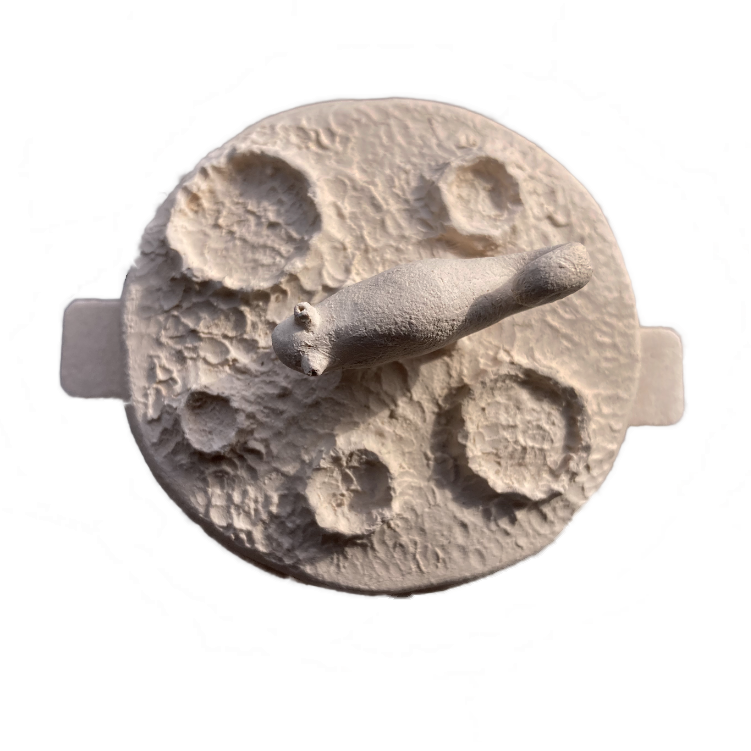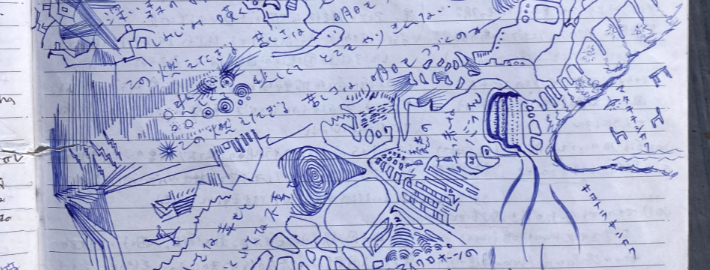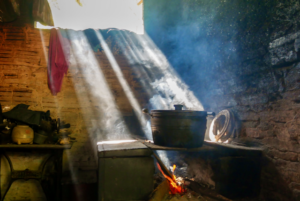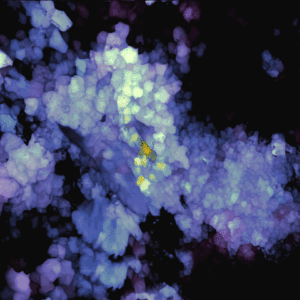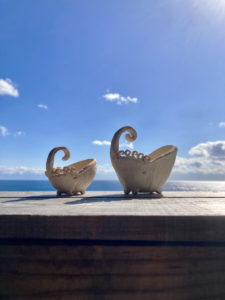Continuation from João’s studio
It was a center where youths from elementary to high school, with various family situations, could experience and learn about art.

After talking with the principal, I went to the class Sergio was in charge of and took a class on drawing with the children.
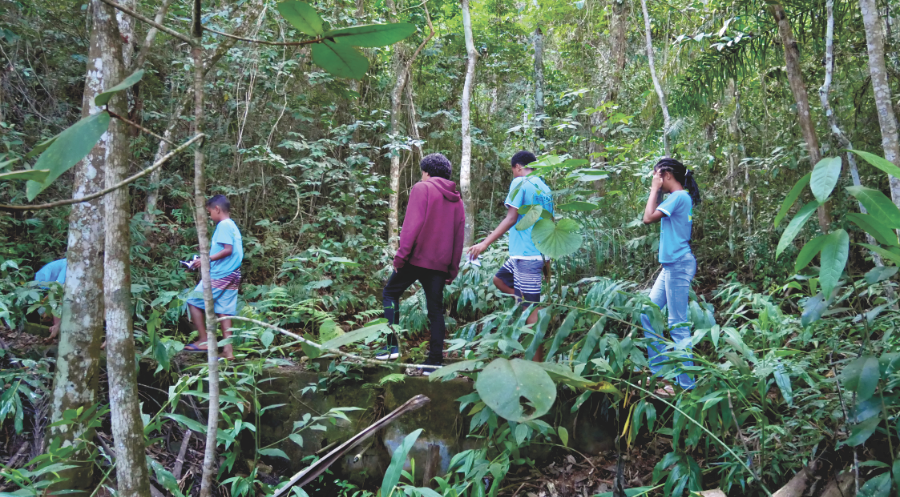
There was a teacher who teach sewing in addition to painting. Sergio also taught woodworking and ceramics. Some days he would also take the children to the nearby forest. He would explain the plants, A boy would try to catch a big frog, and a dog from somewhere would join us for a walk.
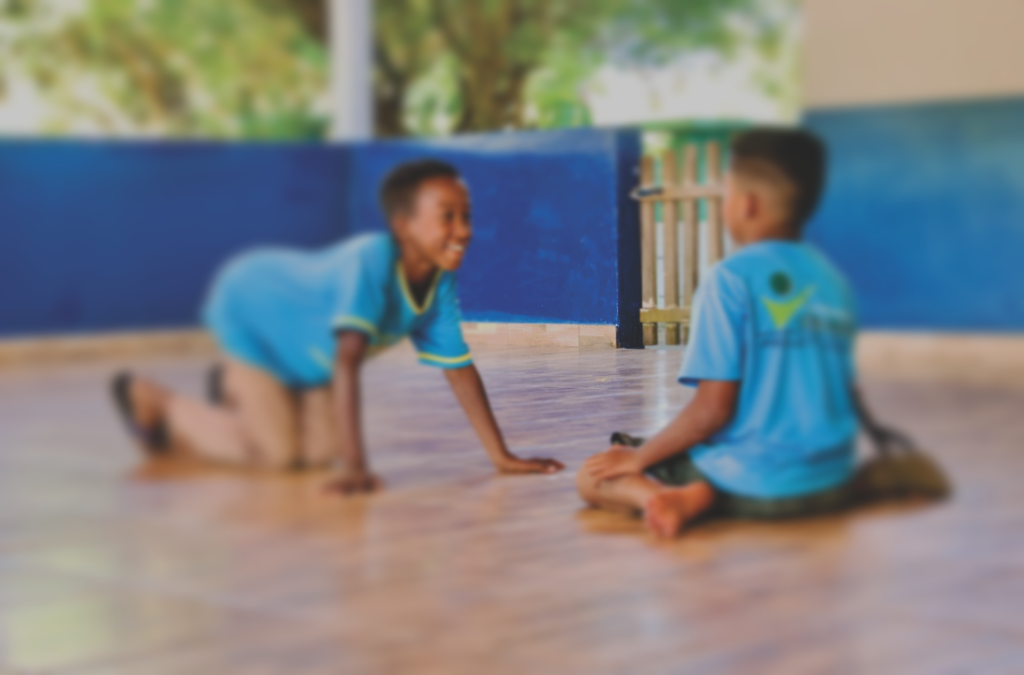


It seemed that no Japanese had ever been to that town, and the children were curious to see a Japanese for the first time, asking me many questions such as, “Do you eat fish raw?”. I thought there was something I could do to repay them. I went to a stationery store to buy colored construction paper and made origami frogs, cranes, and flowers. And I take them to the center. The children were very interested and made them together. The boys seemed to like the origami cranes they made, and carried them around with them. It made me happy.

Among the children’s ceramic creations were miniature of stone pots a specialty of the region and a cooking stove.
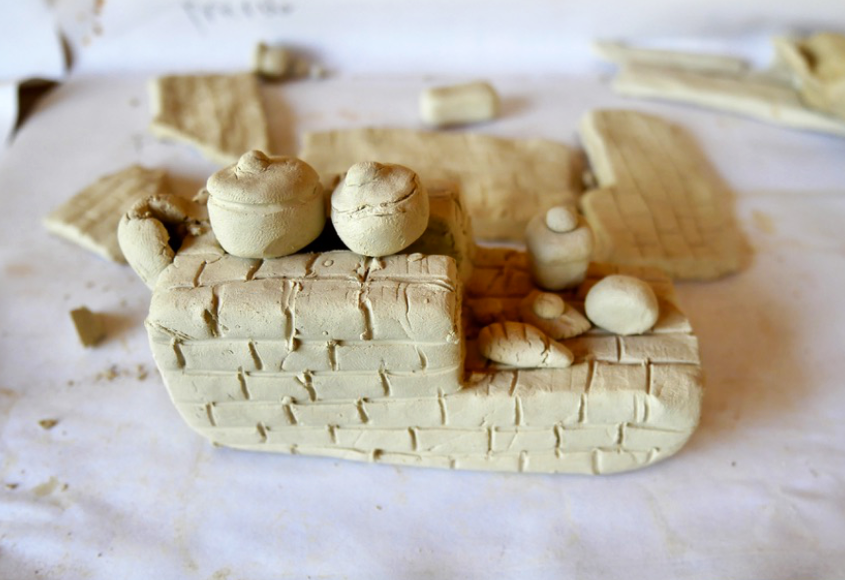
João’s wife, Mara, prepared lunch every day for me along with the rest of the family. At first I was hesitant, but both João and Mara seemed to take it for granted and always called out, “It’s lunchtime!”.
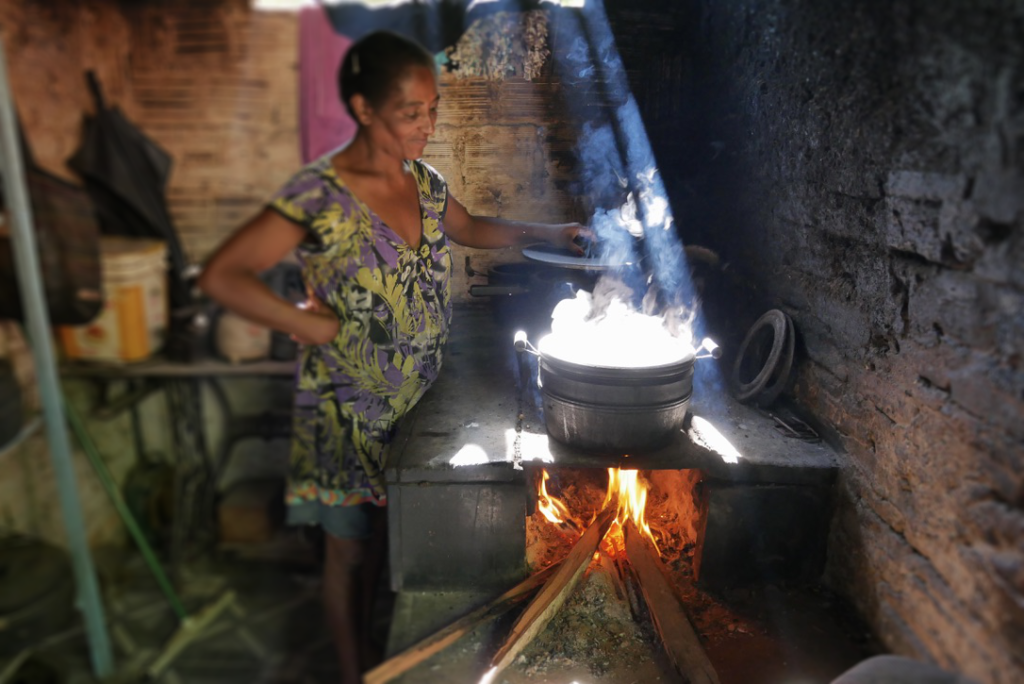
The cooking stove the child made brought me the scene of Mara boiling beans.
I was also at the center eating school lunches with the students.
What I boil down to is Sempre vivo recebendo (I always live receiving).
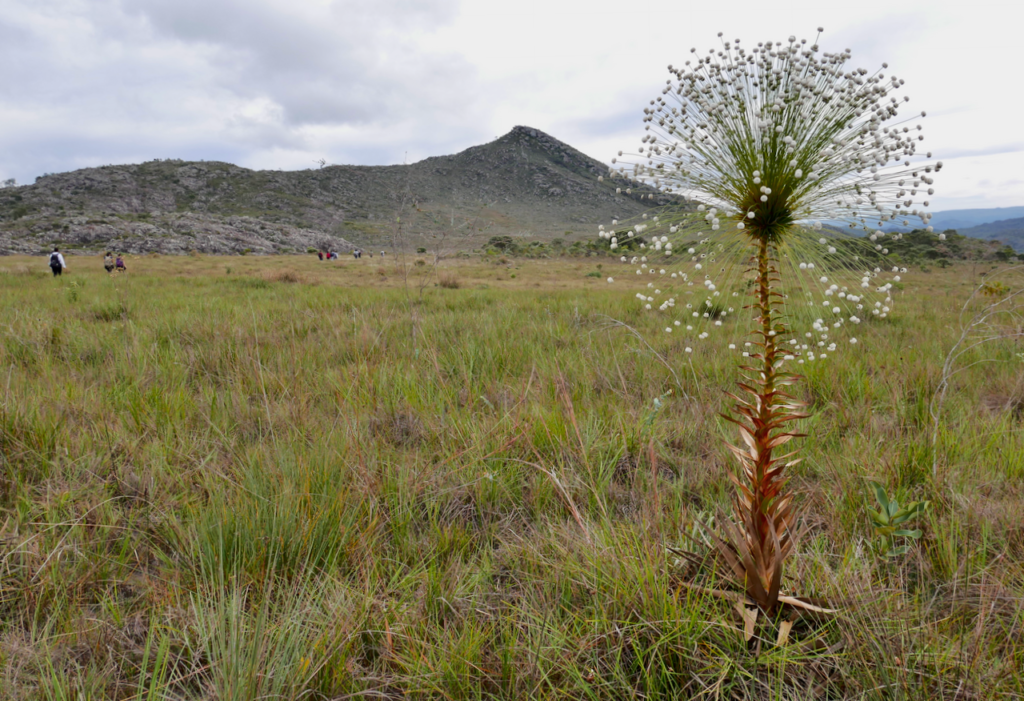
The Brazilians I met, both adults and children, were always willing to share what they had. They are companionable, and even people who has just met seem to count among them. One time one meeting in the life, Brazil style.
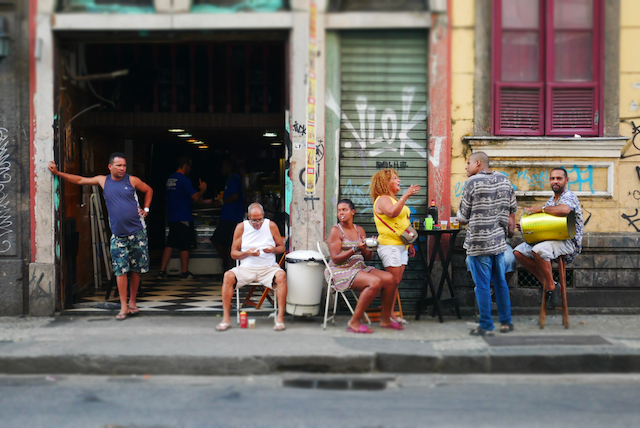
Brazil was a multicultural country with many people of indigenous origin, African, European, and Asian descent. I also heard people lamenting the severe economic disparity and poor public safety. I traveled from the southeastern part of Brazil to the northern part of the country. In the big cities, houses were protected with multiple locks and barbed wire, and in some rural towns, the doors were not locked.
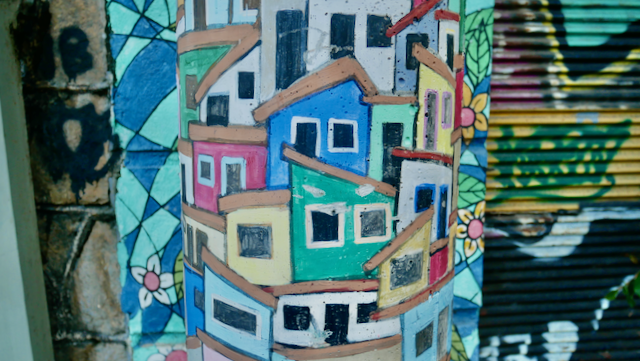
I looked out the window of one’s high-rise apartment and saw the beach stretching into the distance under the blue sky. I was led through the favela by a little sisters and saw their home and the sunset at over the intricate alley. This country was complex and simple, full of all kinds of colors. No matter where I went, there was the Brazilian one time one meeting.

The soul has no color, André Abujamra sang.
The navigator is the soul, the Blue Hearts sang.
What color is the moon? Where will you go tomorrow?

